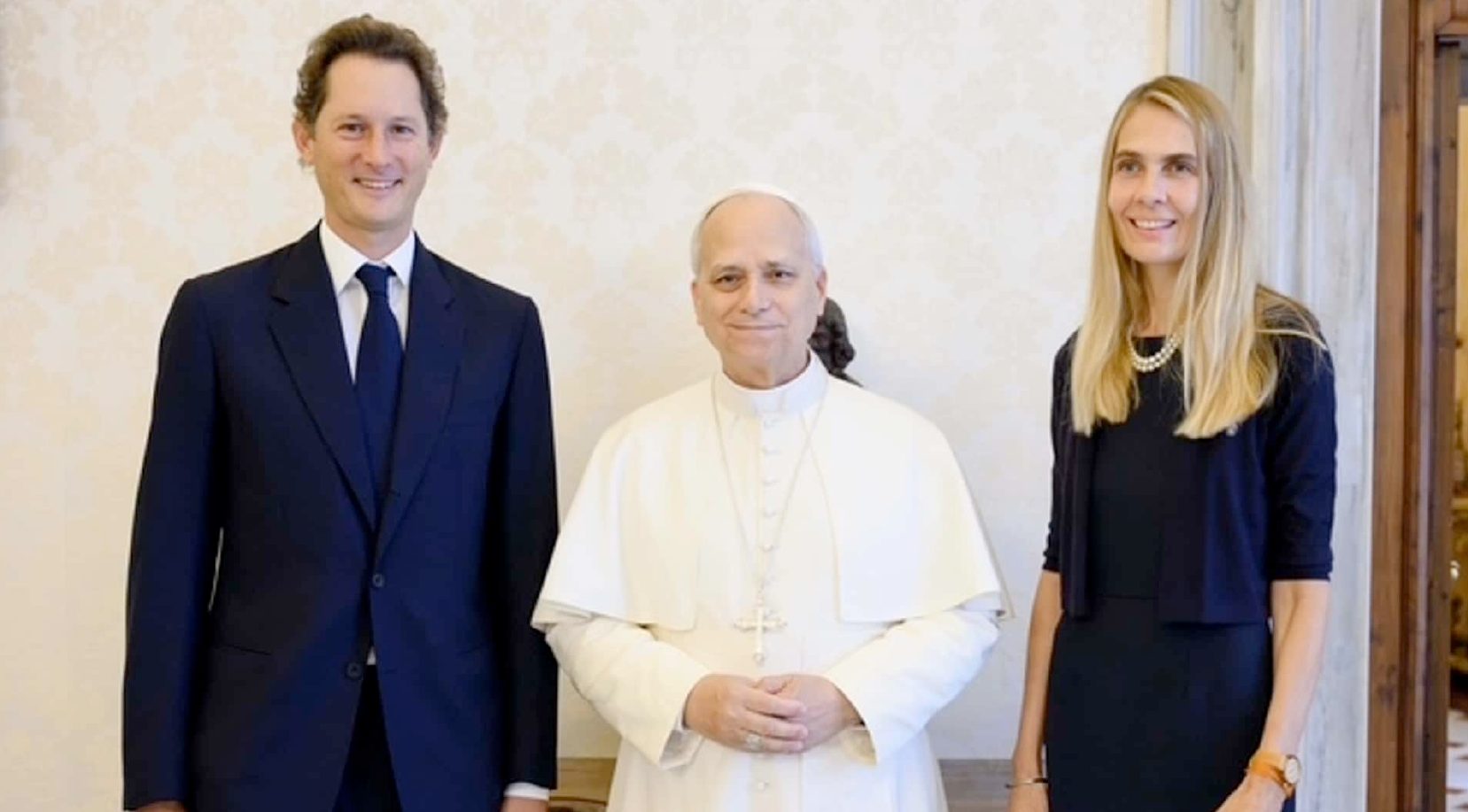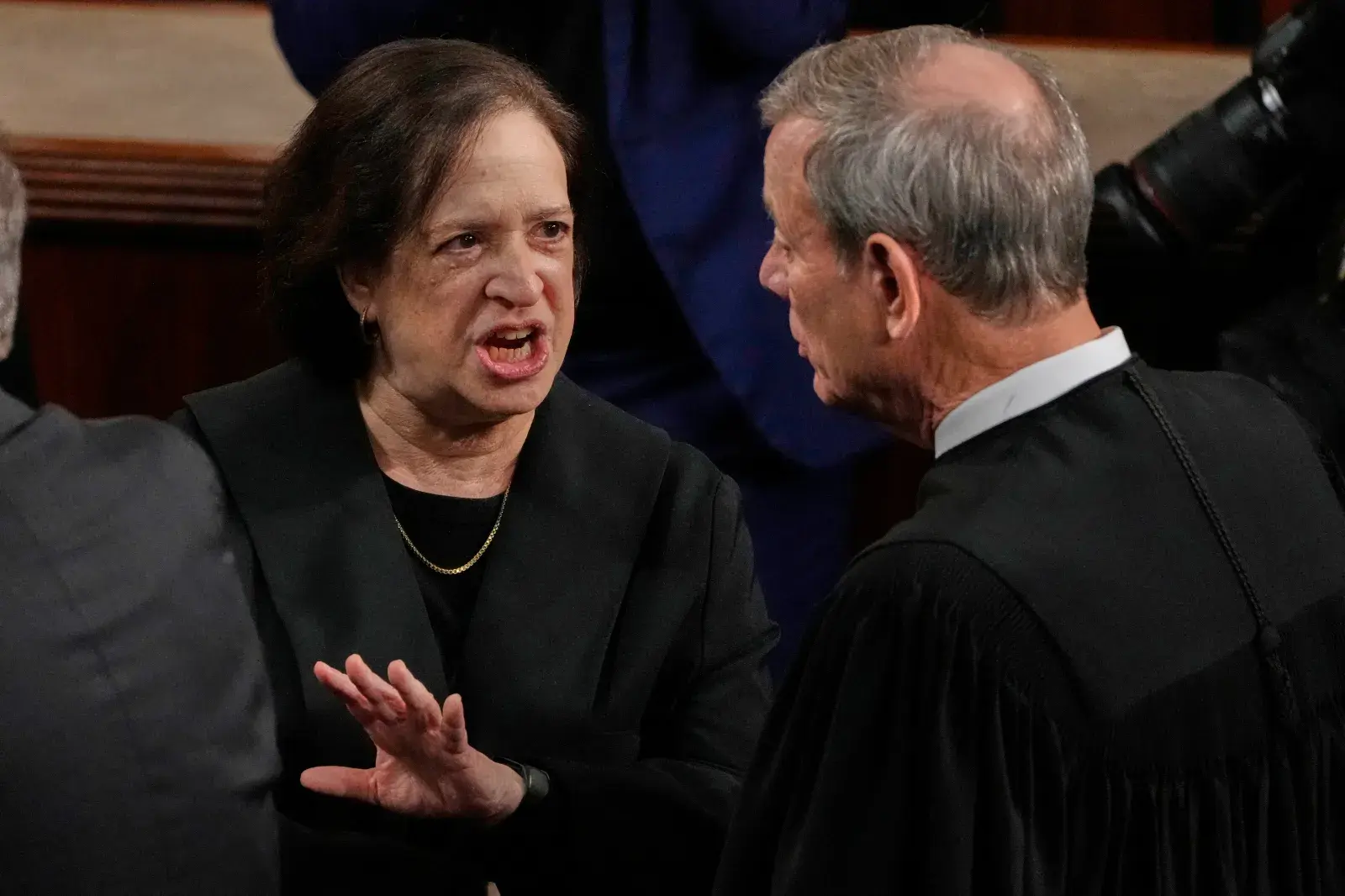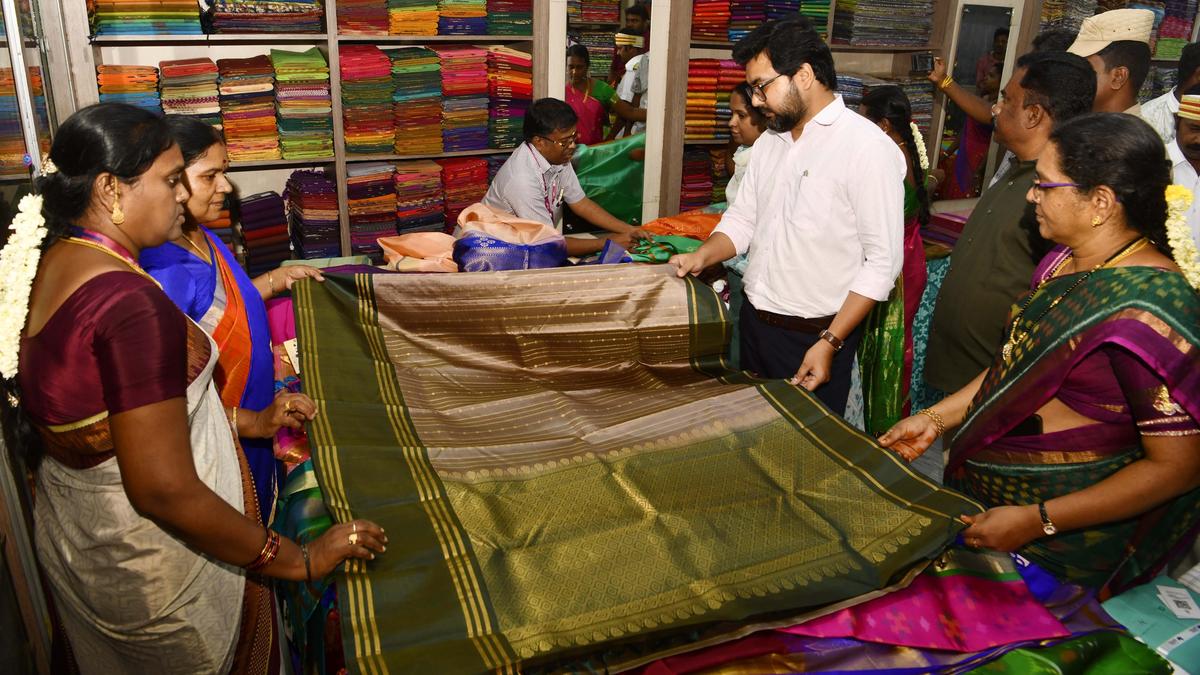Copyright zenit

(ZENIT News / Vatican City, 26.09.2025).- On Friday, September 26, Pope Leo XIV received in private audience, in the Apostolic Palace, John Elkann and his wife Lavinia Borromeo. It was the first meeting between the new Pontiff and the President of Ferrari & Stellantis, who is also Director of the Agnelli Foundation and General Director of Exor. Elkann travelled to the Vatican in a Grand Cherokee Jeep and took advantage of the opportunity to honour the Holy Father with a model of a Ferrari SF90 XX Stradale. The meeting served as a space for mutual understanding and provided an opportunity to address topics of direct interest to the Holy Father, such as social responsibility, sustainability, and the ethics of innovation. At a time of transformation for the automotive industry — with the push toward electric vehicles, the challenges of automation, and the need for new business models –, Elkann’s presence takes on a symbolic and substantial weight. This was not a propaganda meeting but a sign that the Church desires to engage in dialogue with those who are shaping the future of industry and technology. A Bond That Has Endured for Years The ties between the Agnelli family and the Vatican have a long history. Gianni Agnelli had already maintained high-level communications with Popes such as Paul VI and John Paul II, often during the most delicate moments of Turin’s industrial era. Under Francis, Elkann was received several times at the Vatican, a tradition that continues today in a different and more urgent context. This time, the challenges are broader. The technological transition, the role of businesses in combating the climate crisis, the moral limits of innovation: these are issues that the Vatican seems keen to include in the public debate, not only as an observer, but as a partner. It’s plausible to assume that other similar meetings will be held in the coming months with leading figures from the automotive industry, both in Italy and abroad, to expand the dialogue on a global scale. The audience should be regarded as a gesture that goes beyond ceremony: the religious world is moving with awareness and intends to be present in the decisions that will shape the future.



